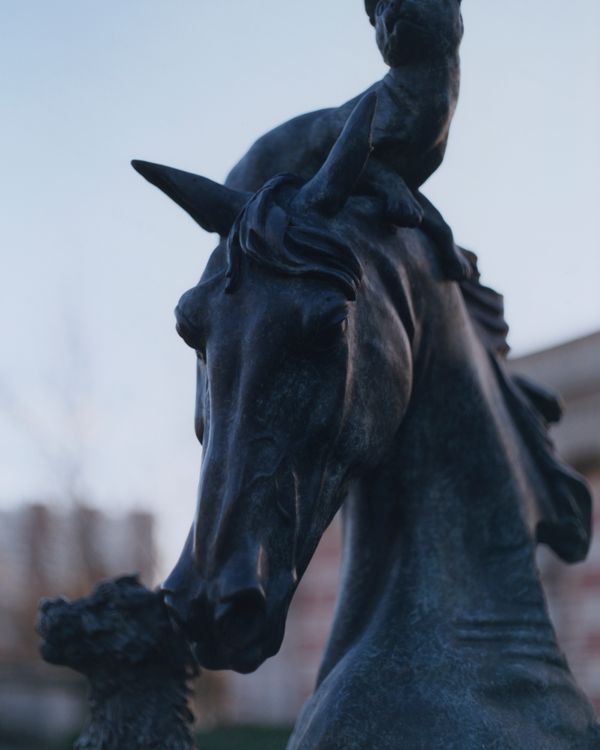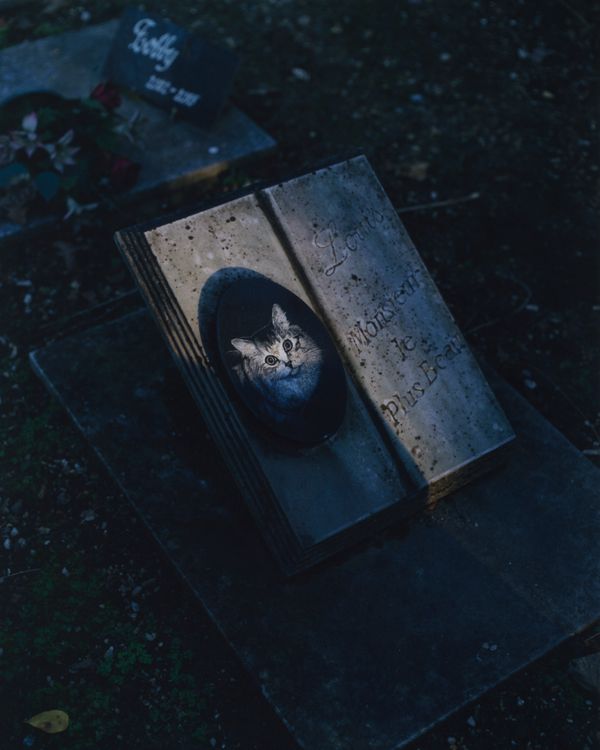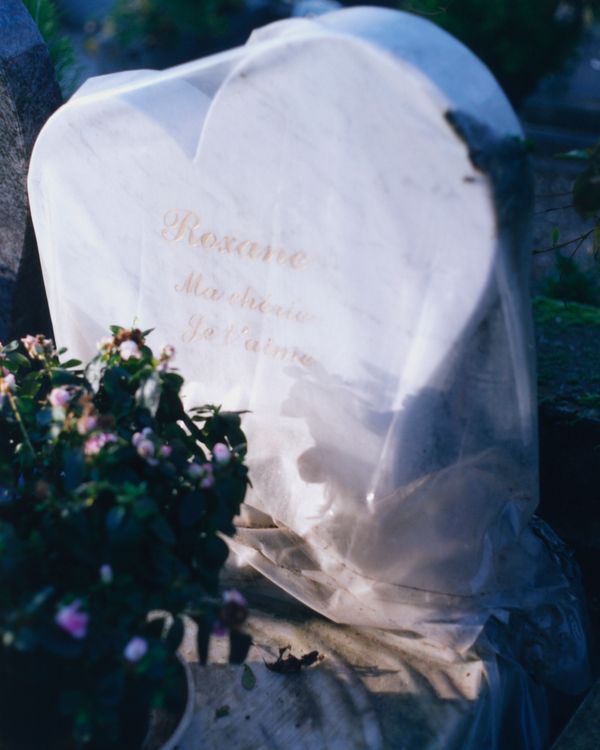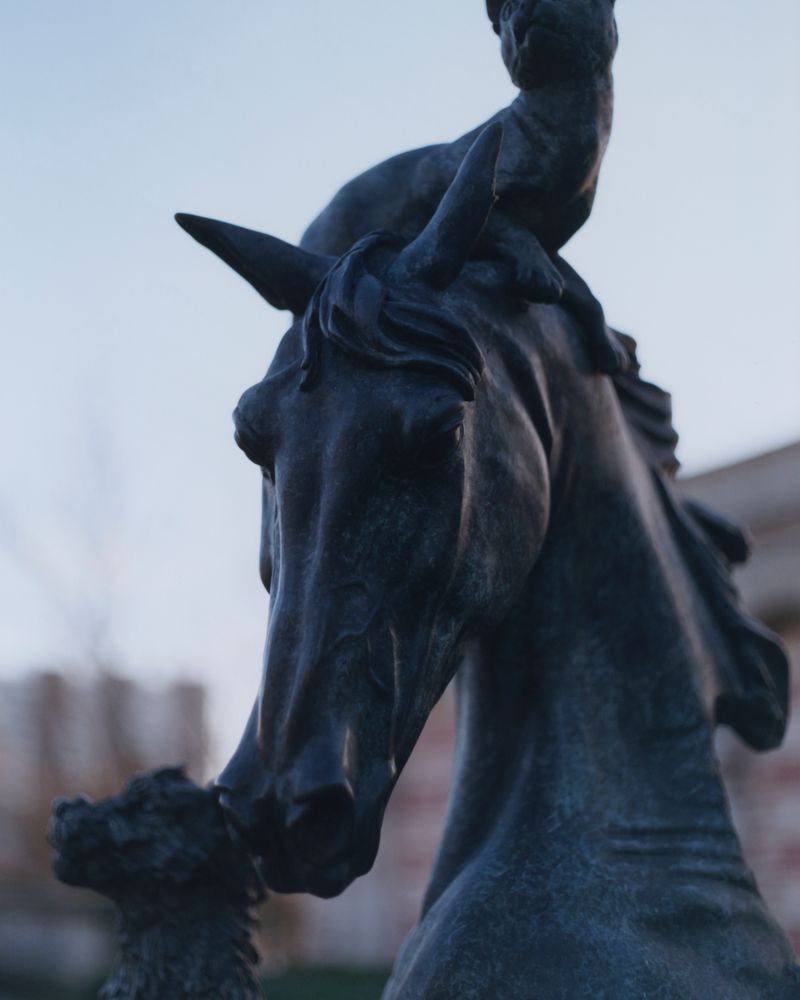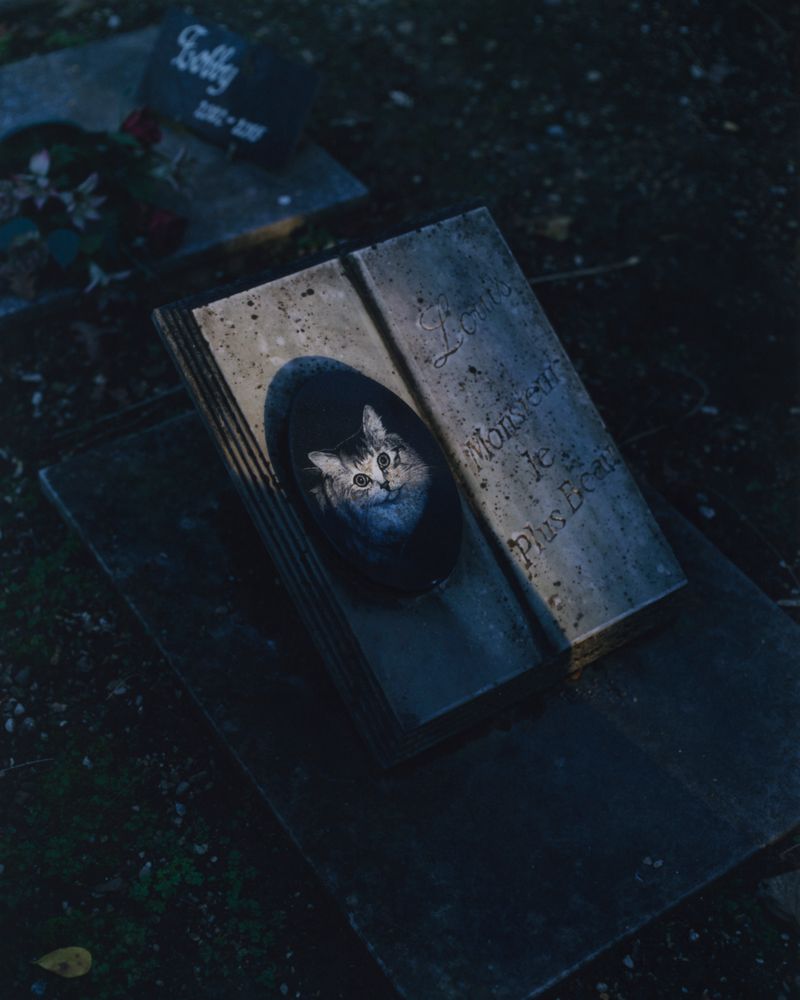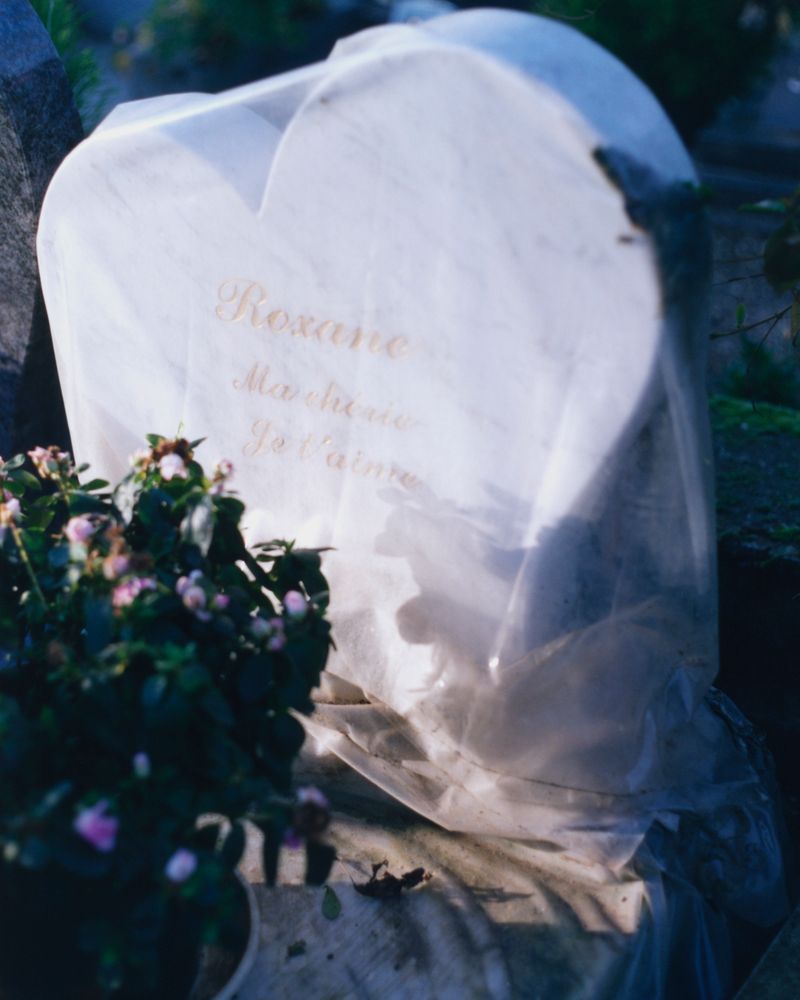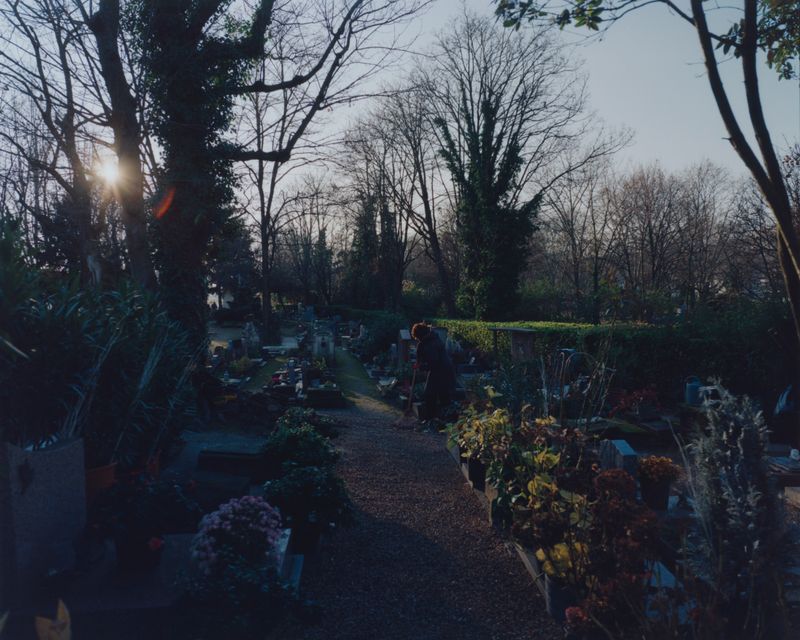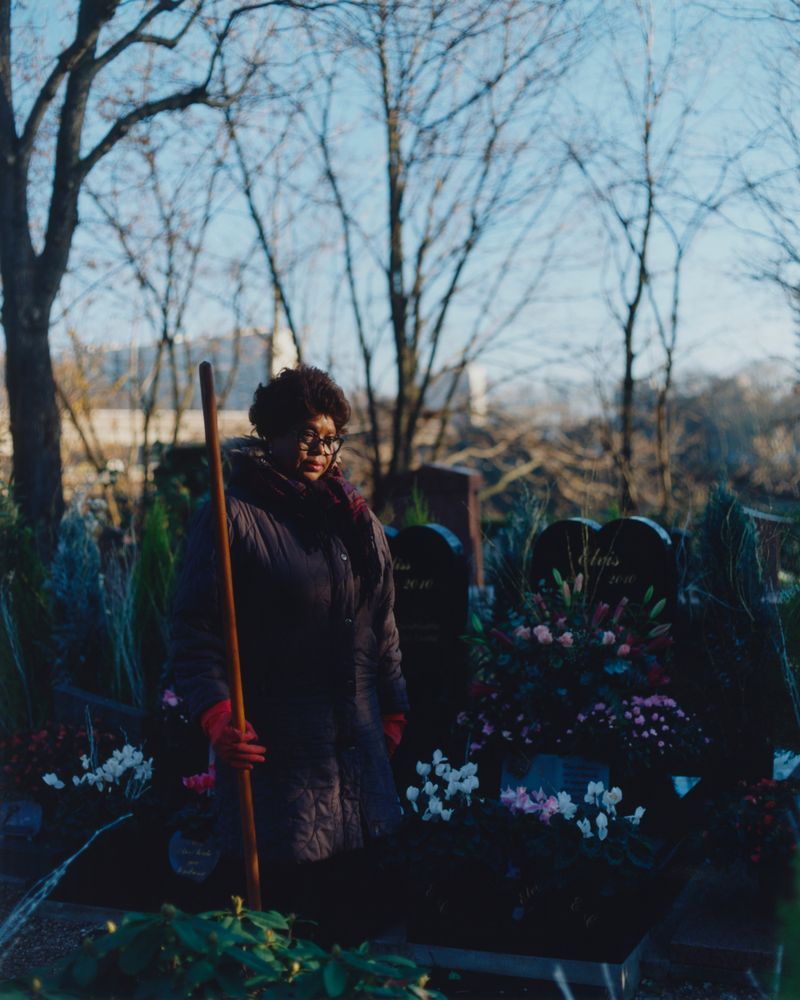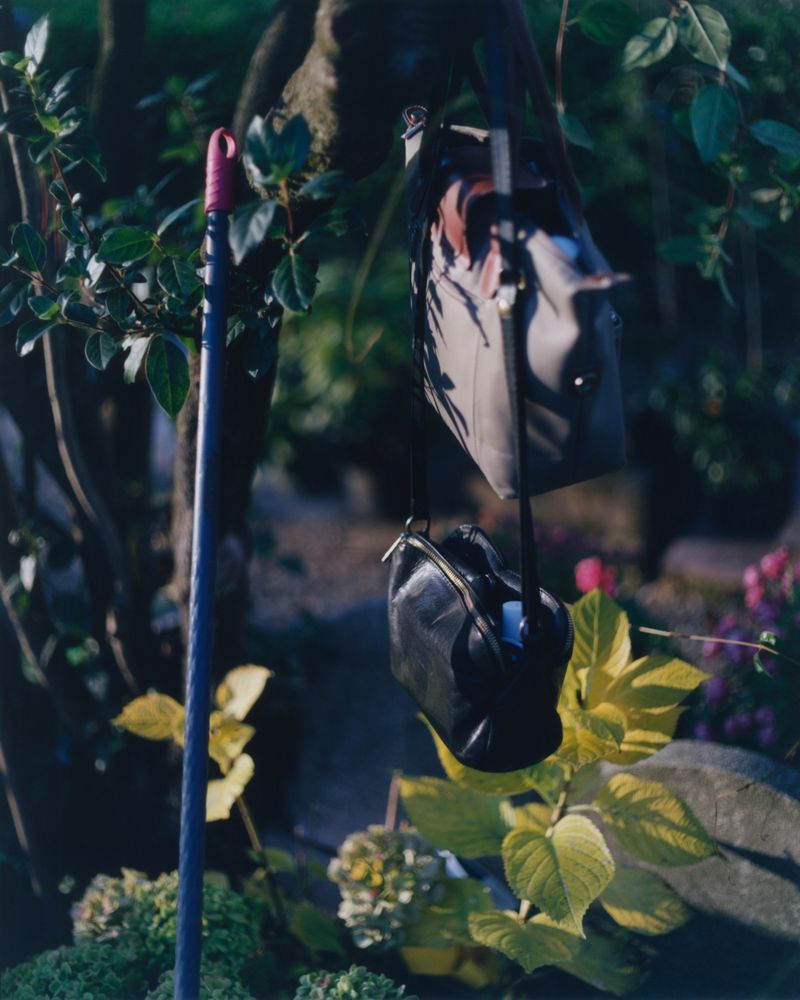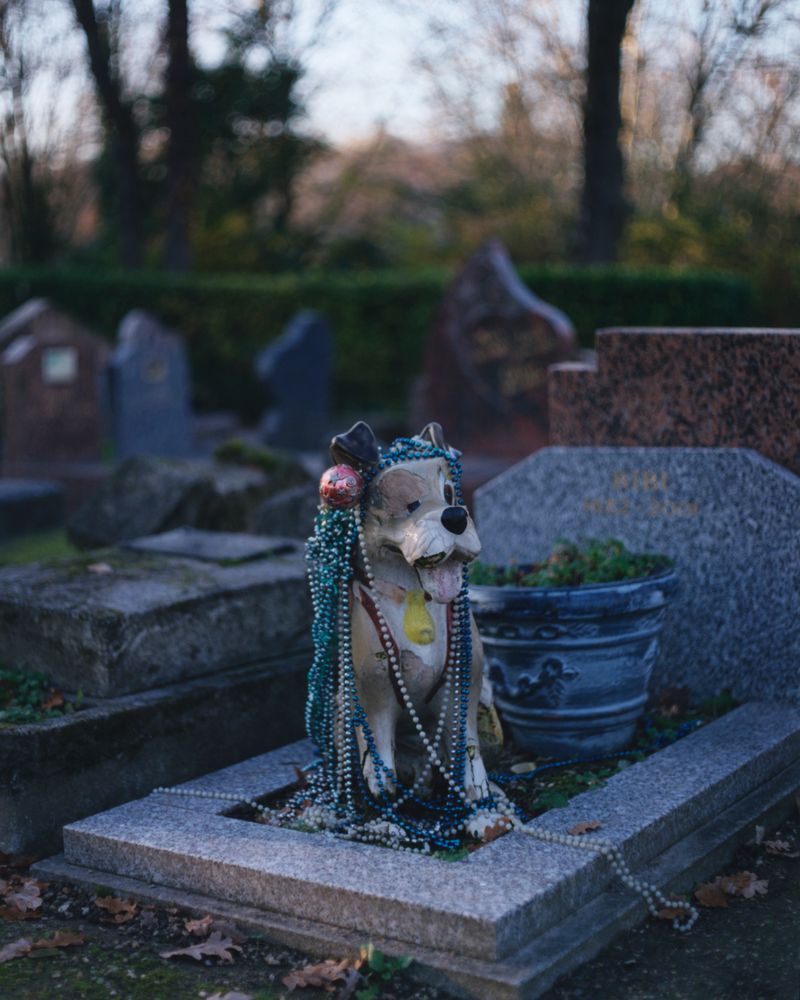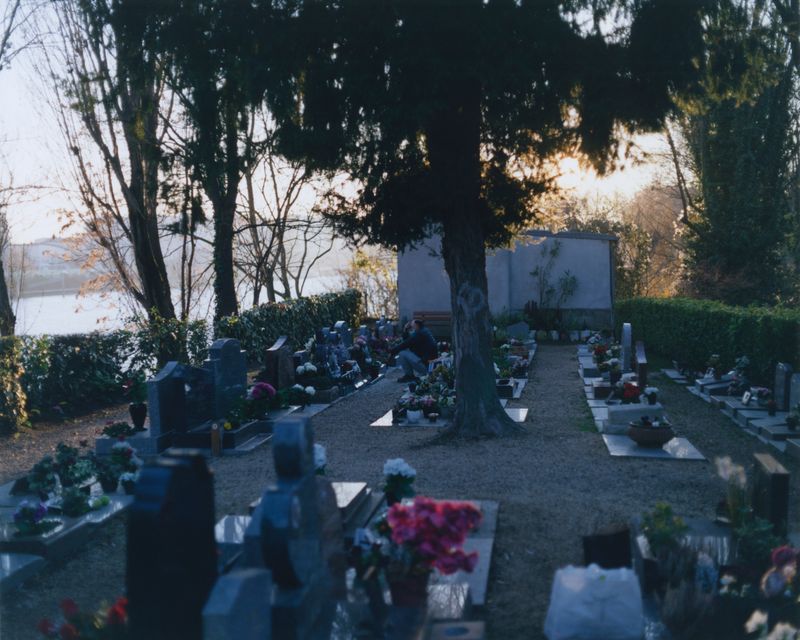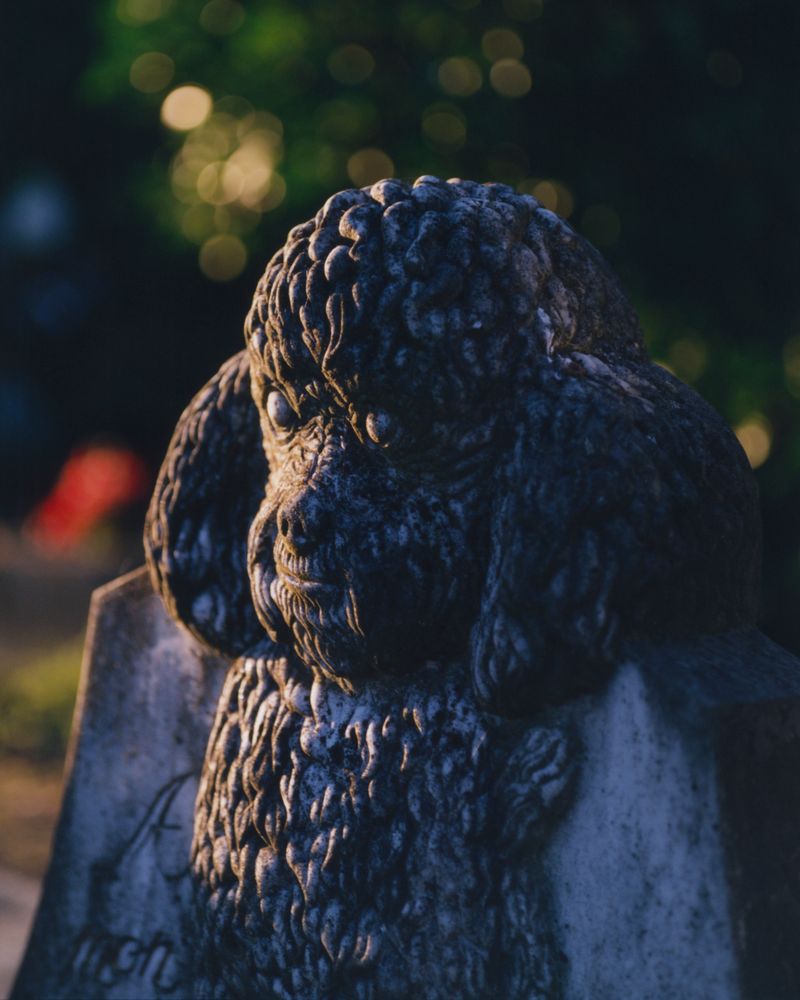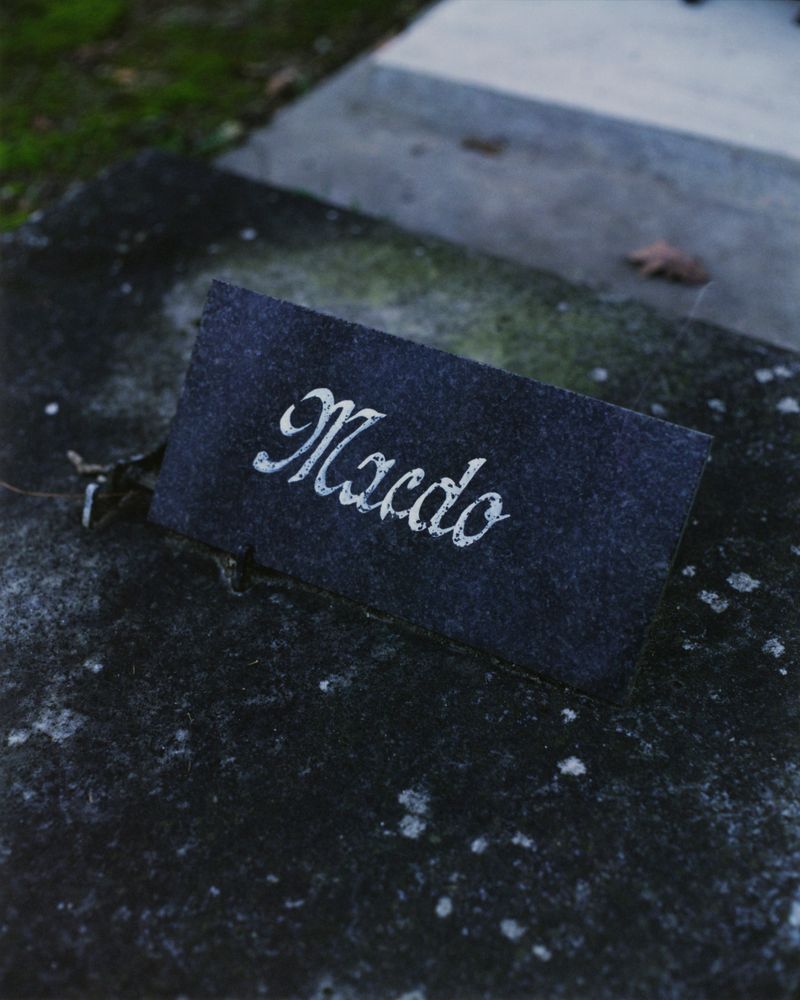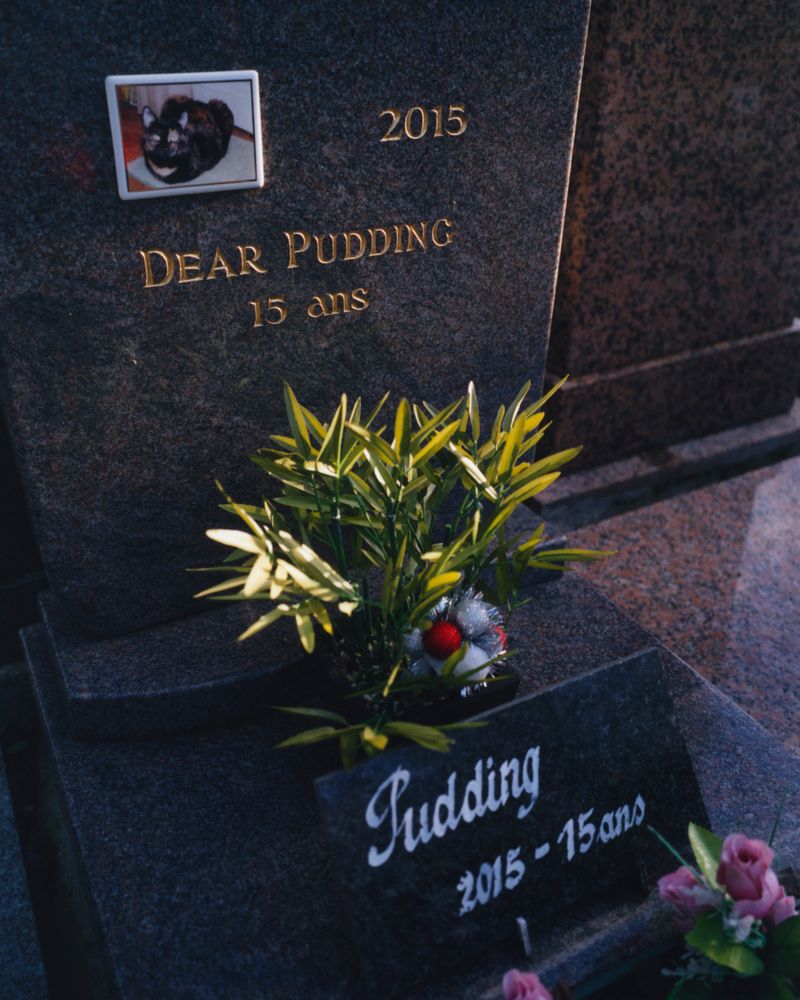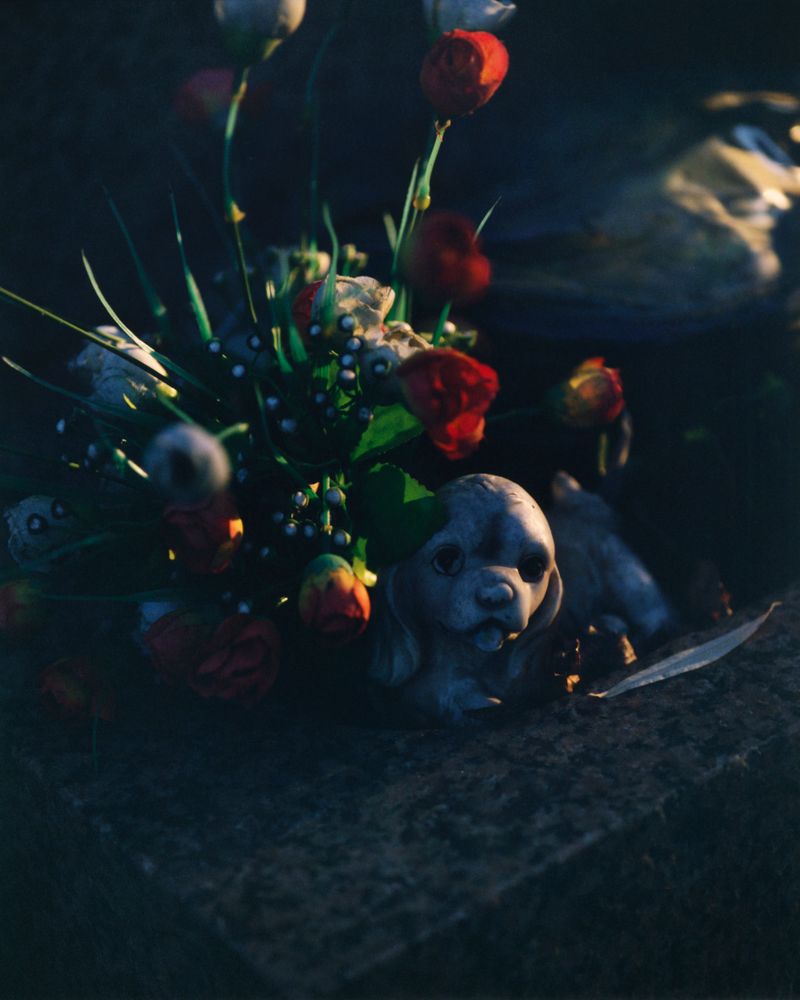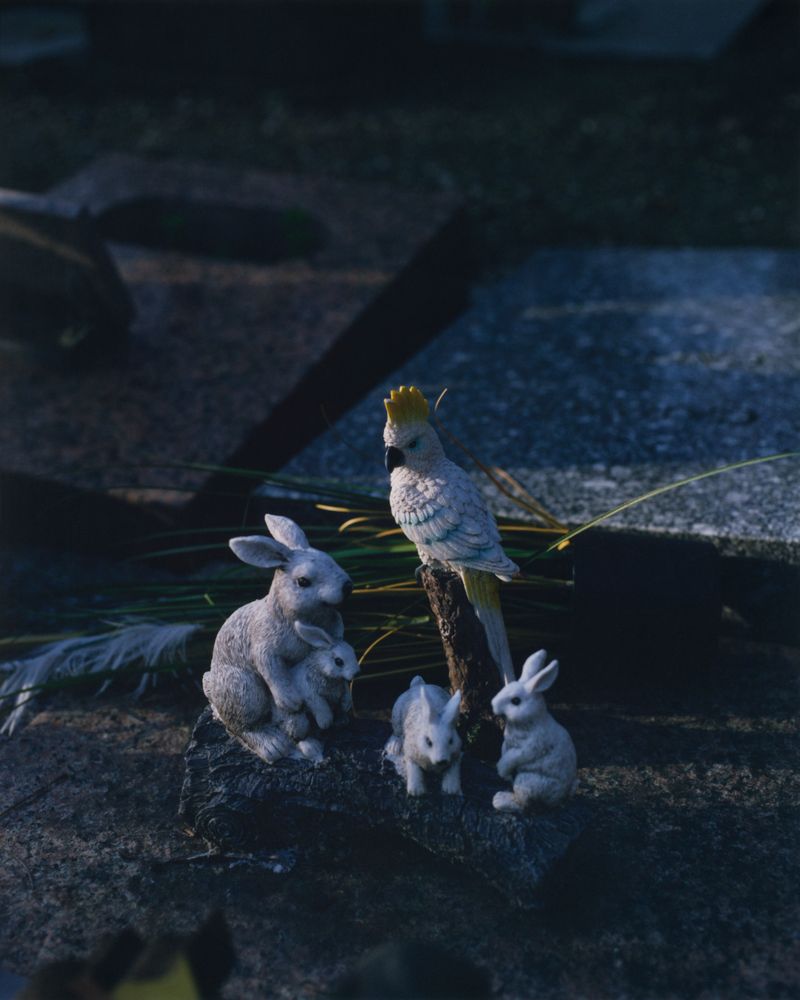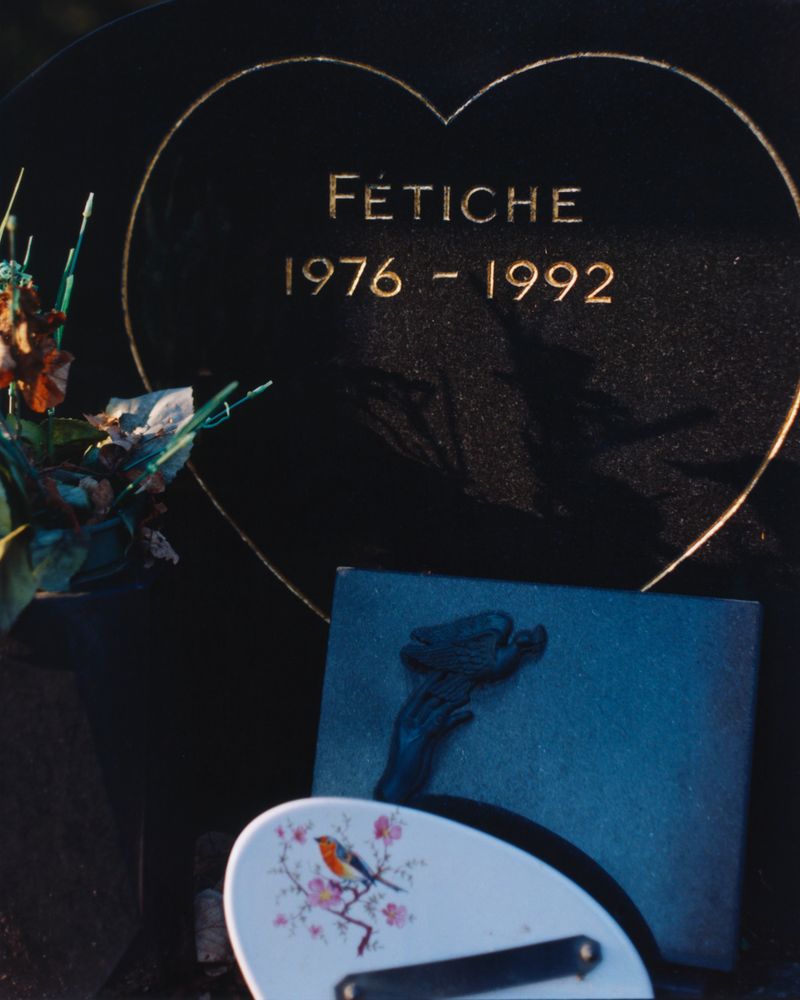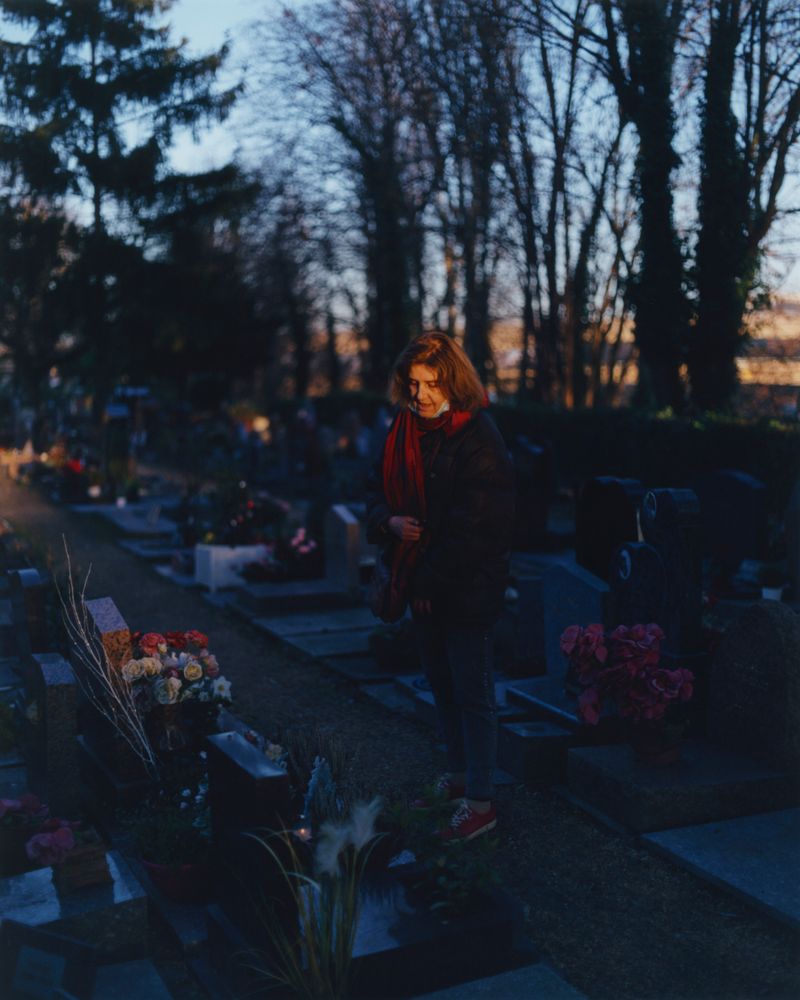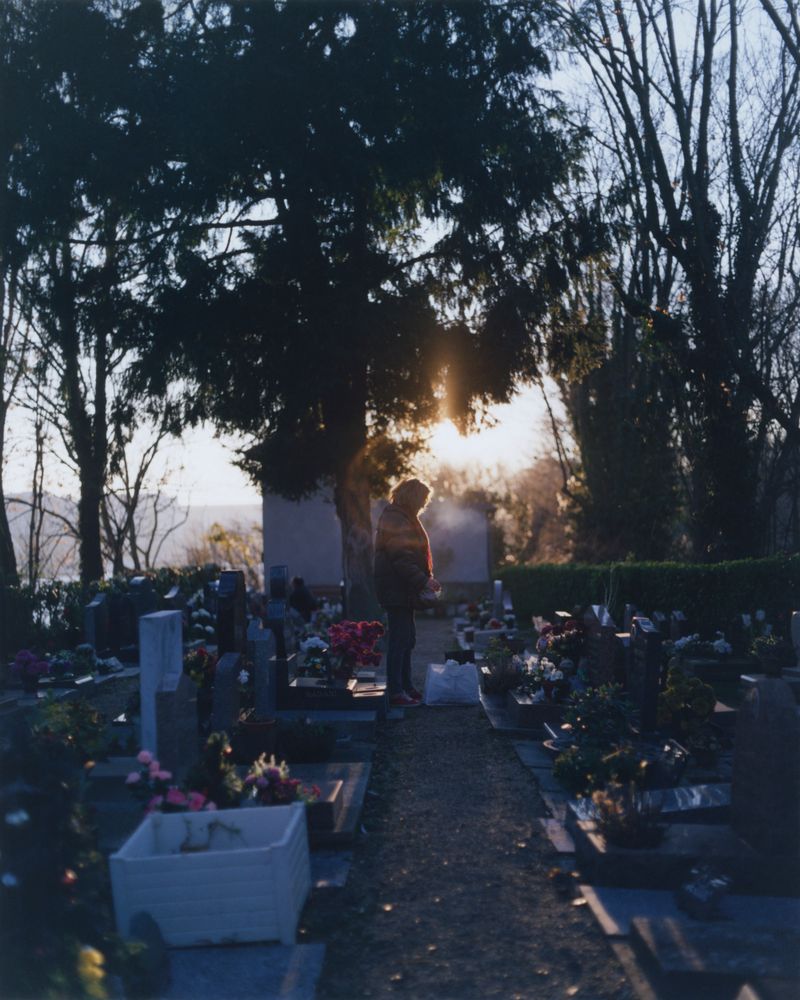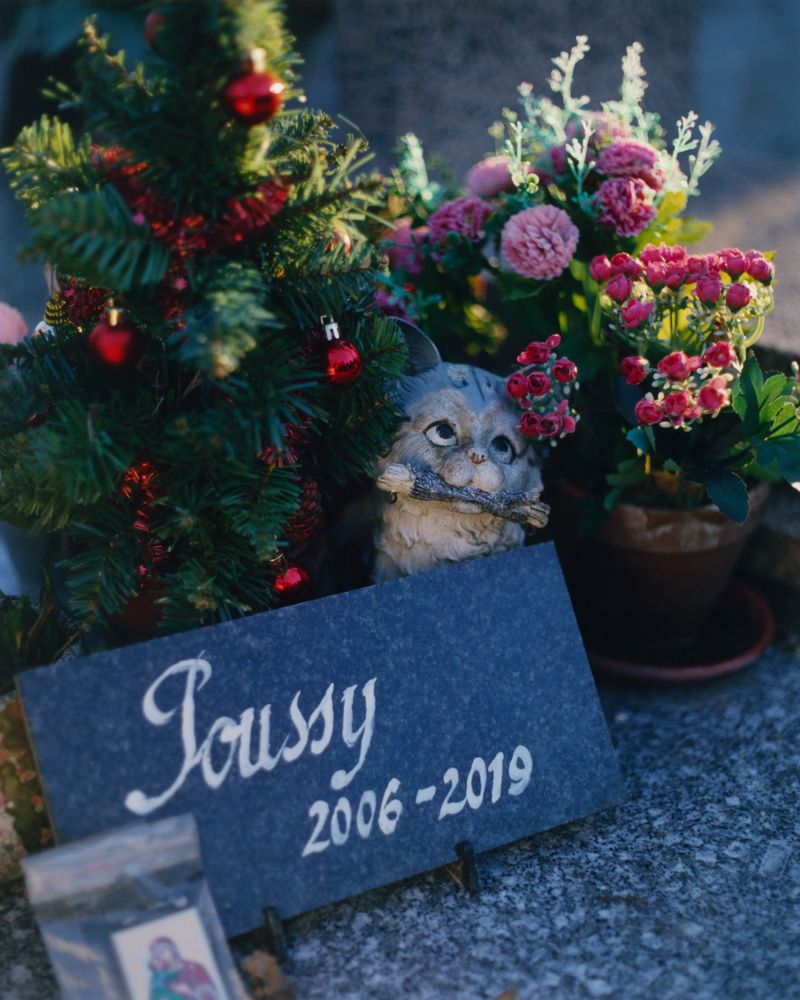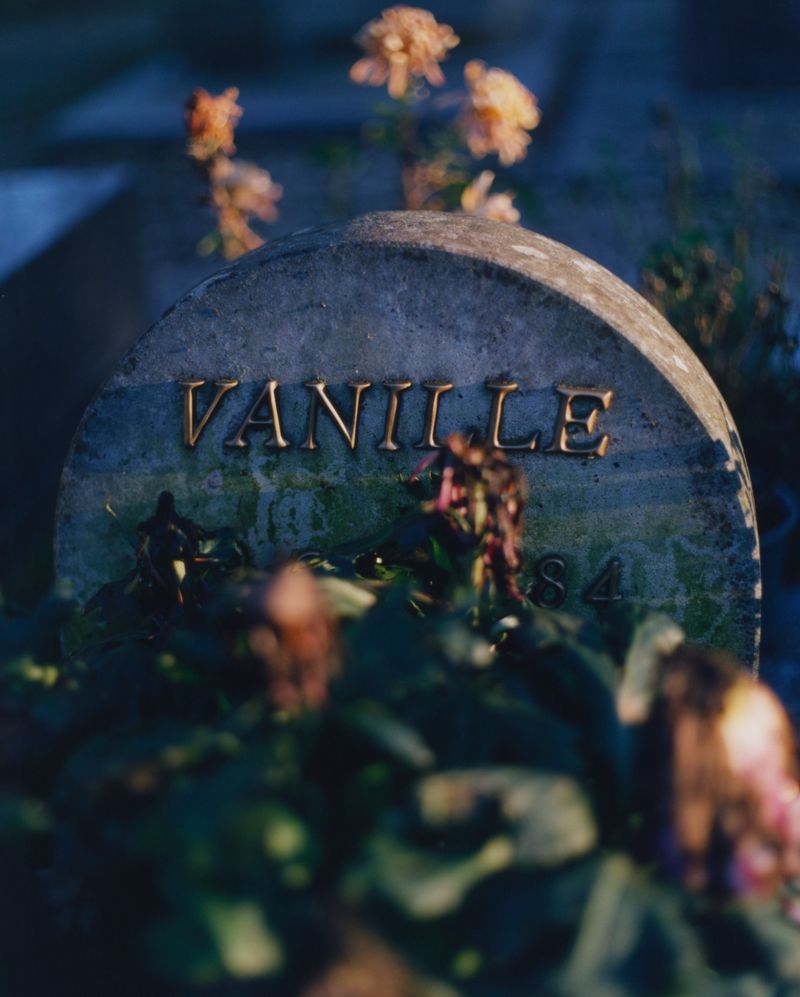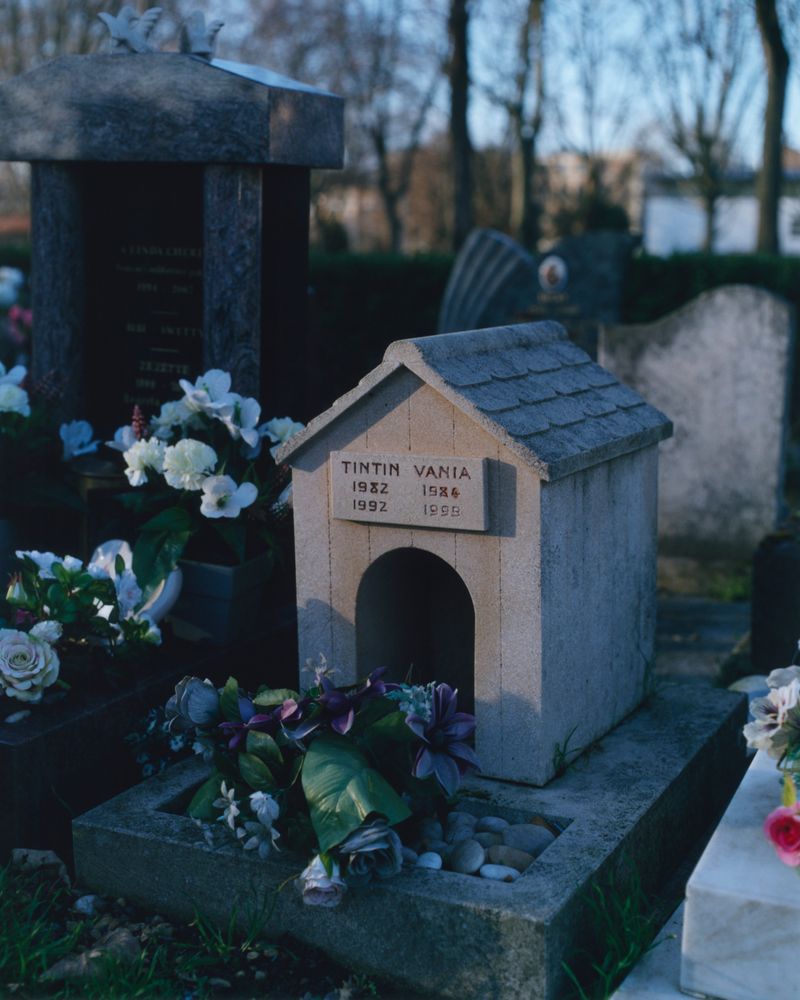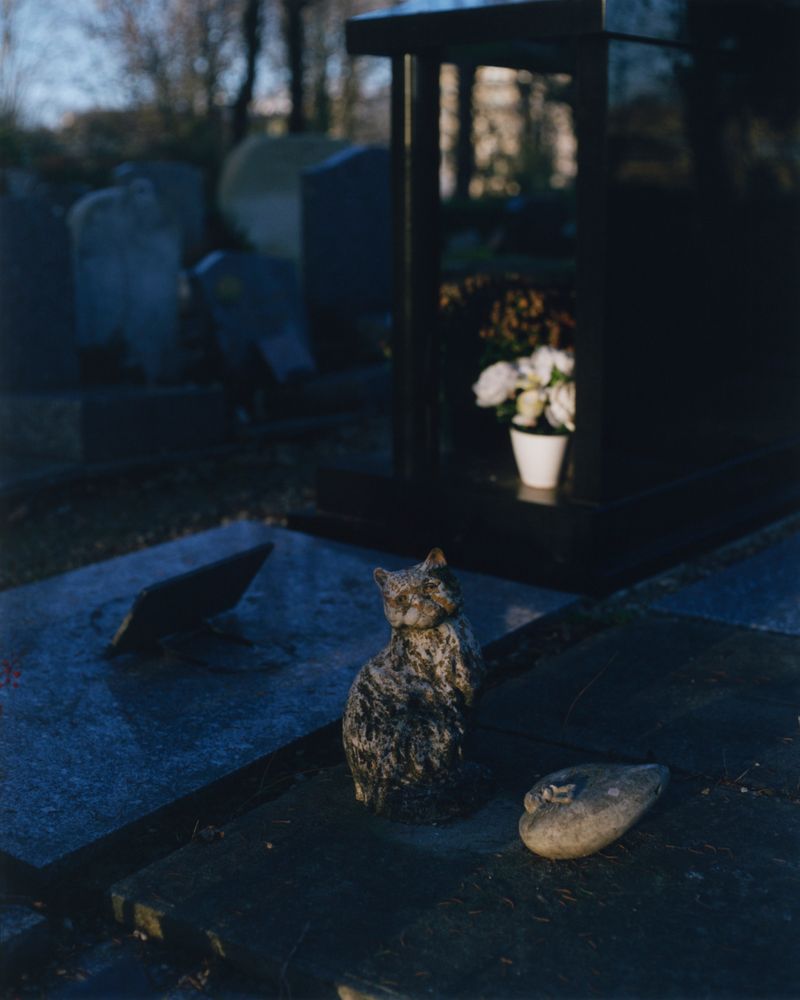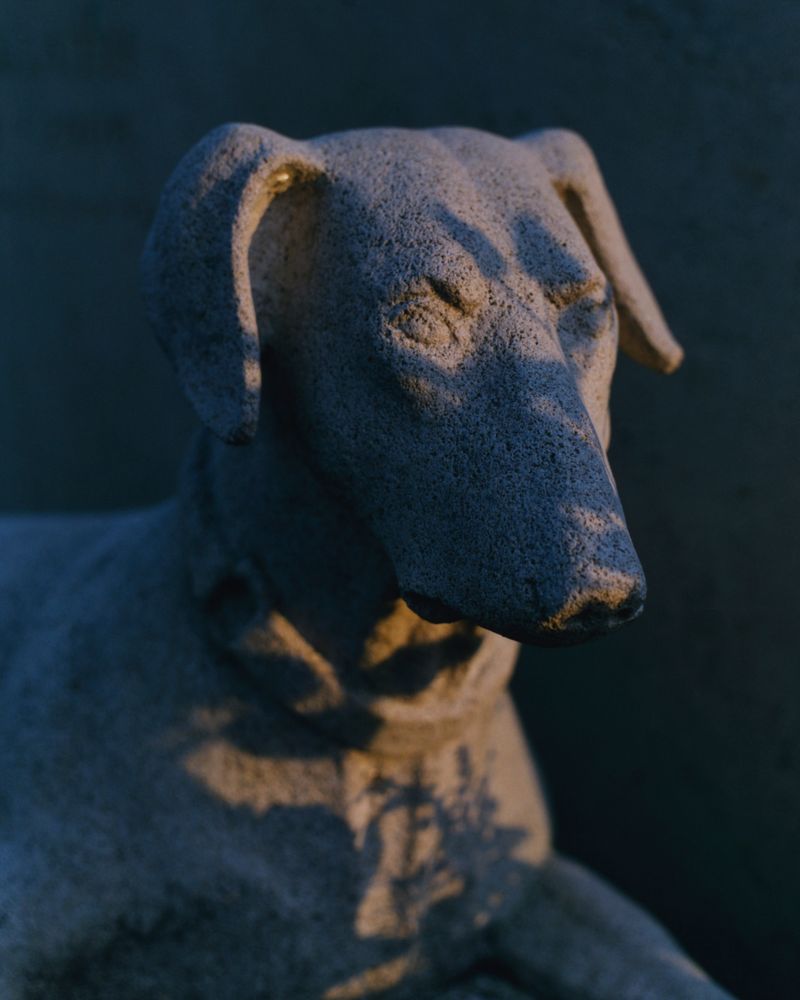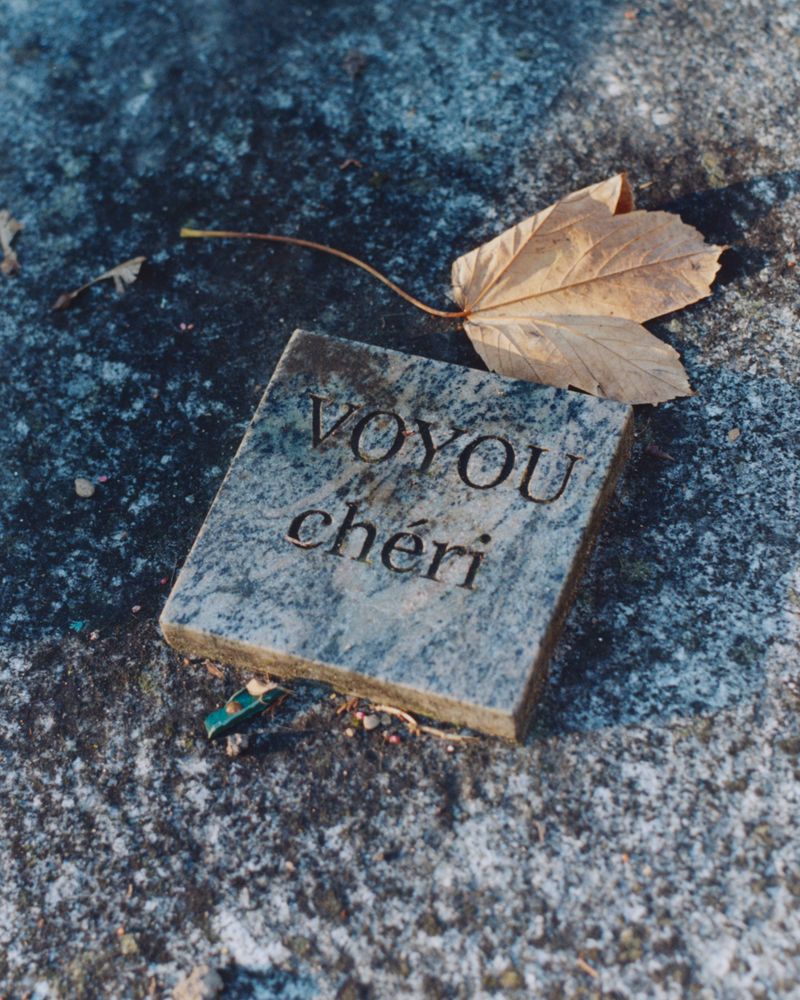Alter Ego
-
Dates2021 - 2022
-
Author
- Topics Portrait, Social Issues, Documentary
For more than 120 years, the remains of animals whose masters wanted a burial worthy of their affection have rested in the dog cemetery of Asnières, where the tragic is never far from kitsch.
Louis, Clément, Ezequielle, Elvis
But also Gribouille, Poupoune, Caramel and Vanille.
For more than 120 years, the remains of animals whose masters wanted a burial worthy of their affection have rested in the dog cemetery of Asnières.
Here lie dogs, but also cats, turtles, horses, and even monkeys and sheep.
Some are famous - like Rintintin, canine star of the cinema, or Clément, the dog of the writer Michel Houellebecq -, others less so.
Created in 1899, classified as a historical monument in 1987, it is the first place of its kind in France, resulting from both a legal and ideological change. At the end of the 19th century, marked by the industrial revolution, the function of the animal changed. From utilitarian, it becomes enjoyment, and acquires a new dignity.
In conjunction with the law of June 21, 1898, which decreed that deceased domestic animals no longer had to be disposed of at the knacker's but could be buried, the cemetery of Asnières was founded the following year by the lawyer Georges Harmois and the journalist Marguerite Durand.
Although funerary ceremonies and other religious references - notably the presence of crosses - are forbidden, the place is imbued with the sacredness of the love that these masters had for their animals.
But if the mimicry with human necropolises is striking, its specificities are just as strong. To the weight of the steles and stone mausoleums is added its share of trinkets, dapper accessories and colorful artifice. The mortuary aesthetic is linked with that of childhood, reminding us that for many masters, their pet was like a baby that had never grown up.
From this comes a strange place, where the dead only have a first name, where mineral gravity rubs shoulders with plastic lightness, and where the tragic is never far from kitsch.
A dichotomy wonderfully summarized by the words of one of the guardians of the place, collected by Bérénice Gaillemin :
« Here, it's a bit like Disneyland, except that Mickey is dead. »
